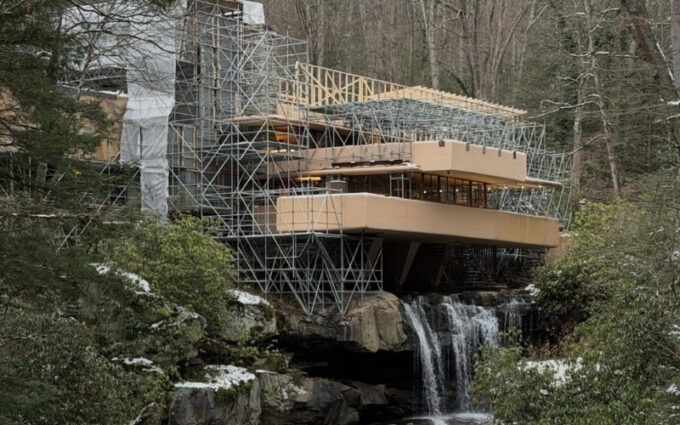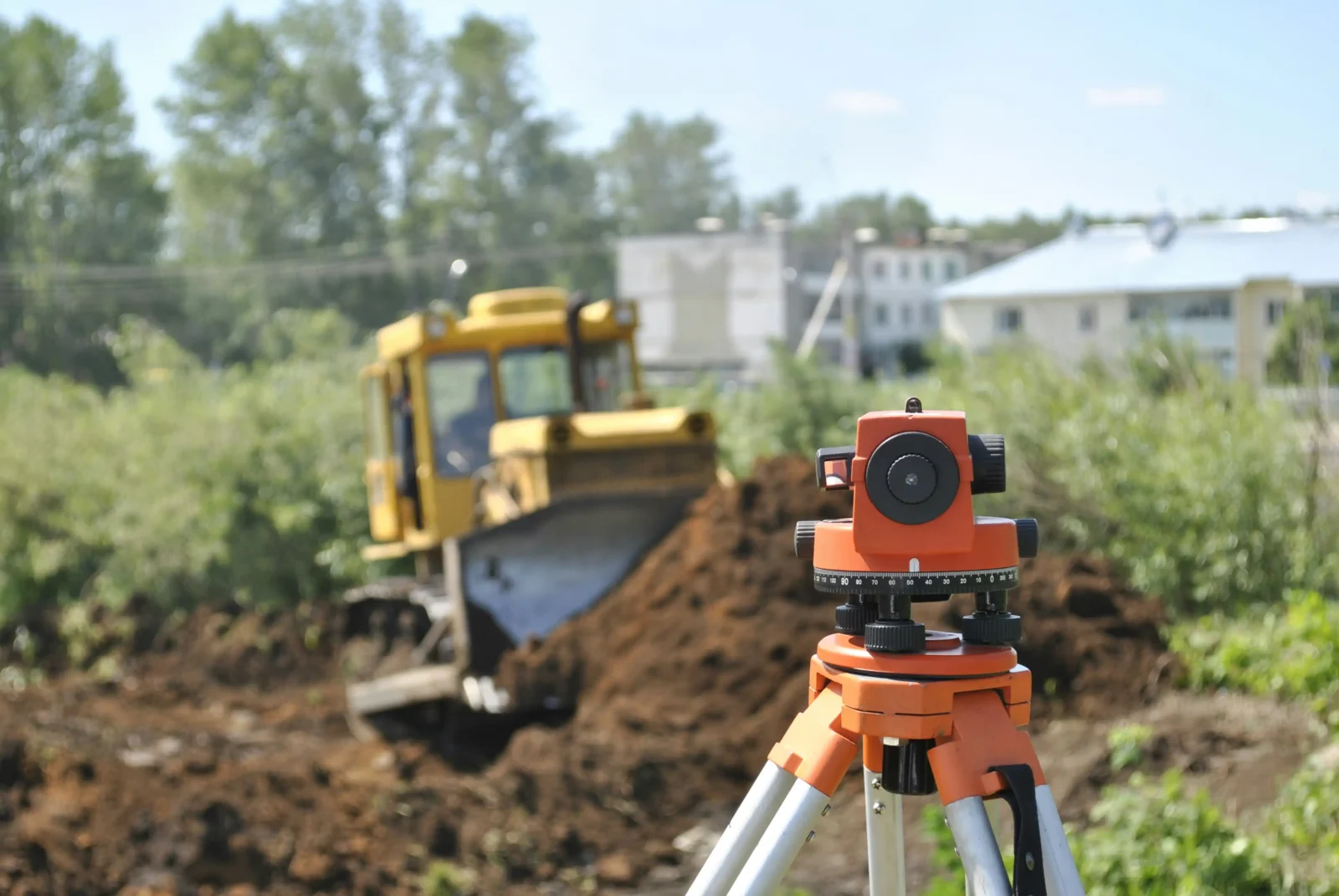- Home
- Articles
- Architectural Portfolio
- Architectral Presentation
- Inspirational Stories
- Architecture News
- Visualization
- BIM Industry
- Facade Design
- Parametric Design
- Career
- Landscape Architecture
- Construction
- Artificial Intelligence
- Sketching
- Design Softwares
- Diagrams
- Writing
- Architectural Tips
- Sustainability
- Courses
- Concept
- Technology
- History & Heritage
- Future of Architecture
- Guides & How-To
- Art & Culture
- Projects
- Interior Design
- Competitions
- Jobs
- Store
- Tools
- More
- Home
- Articles
- Architectural Portfolio
- Architectral Presentation
- Inspirational Stories
- Architecture News
- Visualization
- BIM Industry
- Facade Design
- Parametric Design
- Career
- Landscape Architecture
- Construction
- Artificial Intelligence
- Sketching
- Design Softwares
- Diagrams
- Writing
- Architectural Tips
- Sustainability
- Courses
- Concept
- Technology
- History & Heritage
- Future of Architecture
- Guides & How-To
- Art & Culture
- Projects
- Interior Design
- Competitions
- Jobs
- Store
- Tools
- More
Top Slab Leveling Techniques for Architectural Projects: A Guide to Precision and Durability
Discover the importance of slab leveling in architectural projects to ensure structural integrity and longevity. Explore advanced methods like self-leveling compounds, mudjacking, and laser leveling, and learn how to choose the right technique for your needs.

When it comes to architectural projects, a level slab is the foundation of success—literally. Uneven slabs can lead to structural issues, aesthetic flaws, and costly repairs down the line. That’s why understanding the right slab leveling techniques is crucial for ensuring durability and precision in any construction project.
We’ve seen how advancements in technology and materials have revolutionized the way we approach slab leveling. From traditional methods to cutting-edge solutions, these techniques not only save time but also enhance the overall quality of the build. Whether it’s a residential home or a commercial structure, getting the slab right sets the stage for everything else.
Let’s explore the most effective slab leveling techniques and how they can make a difference in achieving flawless architectural results.

Table of Contents
ToggleUnderstanding Slab Leveling
Slab leveling ensures structural integrity and precision in architectural projects. Level slabs distribute loads evenly, reducing stress on the structure and preventing long-term damage such as cracks or misalignment.

Modern techniques combine advanced tools and materials to achieve efficient leveling. Self-leveling compounds, for example, are often used to address minor unevenness. They spread uniformly over surfaces, creating a smooth finish and eliminating manual smoothing errors.
For significant unevenness, mechanical methods like slab jacking or grinding offer effective solutions. Slab jacking involves injecting material beneath the slab to raise low areas, while grinding removes high points to achieve uniformity.
Survey and measurement tools such as laser levels and digital inclinometers are essential in achieving precise leveling. These devices detect deviations and guide corrective actions, ensuring slabs meet design specifications with minimal deviations.
Adopting the right technique depends on project needs. Factors like slab size, material type, and intended load distribution influence the chosen approach.
Importance Of Proper Slab Leveling In Architectural Projects
Proper slab leveling ensures the stability and longevity of architectural structures. Uneven slabs create stress points that compromise the load-bearing capacity, leading to cracks, deflections, or misalignment over time. This impacts both the structural integrity and the safety of the built environment.

Level slabs improve material performance by distributing forces evenly across the surface. Without a level base, finishes like tiles, wood flooring, and carpets risk premature wear or damage, increasing maintenance costs. Accurate leveling is critical for aligning structural elements such as walls, columns, and beams to meet design tolerances.
Precise leveling enhances functionality in industrial or commercial buildings. For instance, machinery installation requires perfectly level surfaces to prevent operational inefficiencies or damage. Uneven surfaces in public spaces can also pose tripping hazards, reducing accessibility compliance.
Optimal slab leveling directly impacts construction timelines. Rectifying leveling errors during or after construction delays project schedules, inflates costs, and creates logistical challenges. Using advanced leveling techniques during early project phases minimizes corrections and ensures quality standards are met.
Common Slab Leveling Techniques
Slab leveling techniques vary based on the project’s scope, slab condition, and design requirements. Understanding these methods ensures precise implementation and long-term structural integrity.

Self-Leveling Underlayment
Self-leveling underlayment provides a quick solution for minor surface unevenness. These cementitious or gypsum-based compounds spread evenly across the slab, filling low areas and creating a smooth surface. We use it primarily for thicknesses up to 1.5 inches, making it ideal for preparing slabs under floor finishes like tiles or hardwood. Proper application requires cleaning and priming the slab to ensure strong adhesion and durability.
Mudjacking And Polyjacking
Mudjacking and polyjacking address significant settling and lifting issues. Mudjacking relies on a mixture of cement, sand, and water, pumped under the slab to fill voids and raise the slab to the correct level. Polyjacking uses high-density polyurethane foam instead, which expands and hardens under the slab. Polyjacking offers quicker curing times and reduced weight compared to mudjacking, making it a preferred choice for large slabs or areas requiring minimal downtime.
Grouting And Epoxy Injection
Grouting and epoxy injection repair cracks and stabilize slabs. We use high-strength grout mixtures to fill subsurface voids, ensuring support for the slab above. Epoxy injection targets cracks, bonding and sealing fissures while restoring the slab’s structural integrity. These techniques are beneficial for slabs under heavy load stresses or those exposed to environmental factors like moisture.
Laser Leveling Technology
Laser leveling technology ensures high precision in achieving perfectly level slabs. By using laser-guided instruments, we can detect minor surface deviations, ensuring the desired elevation. This method is essential for expansive slabs, such as those used for warehouses or commercial spaces, where precise alignment affects performance. Laser leveling reduces human error, accelerates surface preparation, and enhances overall slab quality.
Factors To Consider When Choosing A Technique
Selecting the right slab leveling technique depends on multiple factors that affect the overall outcomes of architectural projects. Each factor determines the efficiency, cost, and durability of the chosen method.

Project Scale And Budget
Larger projects, like warehouses or commercial buildings, often require mechanical methods such as slab jacking or laser leveling for enhanced precision and speed. For smaller areas, self-leveling compounds or epoxy injections are cost-effective and efficient. It’s essential to align the choice of technique with the available budget. Advanced solutions like polyjacking might involve higher upfront costs but offer long-term savings through minimal maintenance.
Material Durability
The durability of the existing slab material influences the selection of techniques. For concrete slabs prone to cracking, options like epoxy injection or grouting work well to reinforce structural integrity. For materials with greater flexibility, self-leveling underlayments can provide a smooth surface without extensive reinforcement. Assessing the material’s wear resistance and load-bearing capacity ensures compatibility with the leveling method.
Time Constraints
Tight project timelines highlight the importance of choosing efficient techniques. Laser leveling provides rapid results for large-scale areas, while polyjacking allows use of the slab immediately after application. Conversely, methods like mudjacking may have longer curing times, impacting schedules. The technique should align with project deadlines to avoid costly delays and interruptions.
Advantages And Limitations Of Slab Leveling Techniques
Slab leveling techniques offer significant benefits in architectural projects but come with certain challenges. Understanding both aspects ensures informed decisions for optimal outcomes.

Benefits For Structural Integrity
Slab leveling enhances load distribution, preventing stress concentration and reducing the risk of cracks or structural failure. Level slabs improve the alignment of columns, walls, and other elements, ensuring precise construction. Proper leveling minimizes long-term wear on flooring and finishes by distributing weights uniformly. By addressing slab unevenness, these techniques increase the stability and durability of the structure, supporting heavier loads without compromising safety.
Potential Challenges And Risks
While effective, some slab leveling techniques require specialized skills and equipment, increasing project costs. Improper application or incorrect material use can compromise results, leading to additional repairs. Factors like slab age, material compatibility, and environmental conditions, such as moisture or temperature fluctuations, can affect durability. Certain methods, like mudjacking, may not provide permanent solutions if settling continues, and repeated leveling can weaken the slab. Additionally, tighter deadlines may limit the choice of methods, potentially sacrificing precision in favor of speed.
Tips For Effective Slab Leveling In Projects

-
Utilize Advanced Measuring Tools
Incorporating laser levels, digital inclinometers, and total stations ensures precise measurements. For large-scale projects, these tools provide accurate data on surface unevenness, enabling targeted adjustments.
-
Choose the Appropriate Leveling Technique
Selecting methods like self-leveling compounds, mudjacking, or grinding depends on project-specific factors. For minor uneven areas, self-leveling underlayment works effectively, while mudjacking addresses significant settling.
-
Assess Slab Condition Before Starting
Evaluating slab material, age, and existing damage ensures compatibility with leveling methods. Cracks or structural weaknesses often benefit from methods like epoxy injection or grouting for stabilization.
-
Plan For Load Distribution
Ensuring level slabs accommodate project-specific load requirements prevents stress points. Industrial projects with heavy machinery installations demand exact leveling for durability and functionality.
-
Prioritize Quality Over Speed
While project deadlines are important, sacrificing precision for speed can result in long-term issues. Investing time in advanced leveling techniques, such as laser-guided methods, achieves durable results.
-
Monitor Environmental Conditions
Temperature, humidity, and substrate conditions impact material curing and leveling success. Indoor environments or controlled conditions improve the consistency and reliability of applied methods.
-
Invest in Skilled Professionals
Expertise ensures proper technique application and material handling. Hiring trained teams reduces risks of errors that may lead to additional repairs or structural weaknesses.
-
Conduct Post-Leveling Inspections
Verifying slab evenness after leveling with tools like surface scanners or straightedges ensures adherence to project specifications. Early identification of discrepancies prevents future complications.
Conclusion
Slab leveling techniques play a critical role in the success of architectural projects. Successfully leveling slabs ensures structural integrity, distributes loads evenly, and minimizes issues like misalignments and cracks. Our use of advanced tools, such as laser levels and digital inclinometers, allows for precise adjustments, while modern materials, like self-leveling compounds and epoxy injections, offer durable solutions tailored to various scenarios.
By evaluating factors like project scale, slab condition, and environmental influences, we can select the most effective leveling method. Whether addressing minor unevenness with self-leveling underlayment or significant settling through mudjacking or polyjacking, the right approach enhances durability and reduces future maintenance needs. For larger areas, techniques like laser leveling provide the precision required to maintain design specifications.
Effective slab leveling not only improves the stability of structures but also supports functional requirements, particularly in commercial and industrial settings. Prioritizing skilled professionals and continual monitoring during the process ensures optimal results, helping us meet construction timelines and quality benchmarks while avoiding costly delays or repairs.
- accurate slab leveling
- advanced slab leveling methods
- architectural project slab leveling
- architectural slab precision
- best slab leveling methods
- concrete slab leveling
- durable architectural slabs
- durable slab foundations
- engineered slab solutions
- floor leveling techniques
- foundation leveling techniques
- guide to slab leveling
- high precision slab leveling
- innovative slab leveling solutions
- leveling techniques for slabs
- precision slab leveling
- slab leveling contractors
- slab leveling for construction
- slab leveling services
- slab leveling techniques
Submit your architectural projects
Follow these steps for submission your project. Submission FormLatest Posts
Construction Projects Key Skills for Effective Management
Construction projects key skills for effective management: a practical guide to scope...
Key Features to Look for When Investing in Construction AI Cameras
Continuous monitoring is crucial on construction sites for effective accident prevention. Artificial...
Why Legal Support Is Critical After a Serious Construction Accident
If you are dealing with a construction accident or have ever watched...
7 Common Myths Every Contractor Should Stop Believing
The construction landscape is a complicated place at the best of times,...












Leave a comment